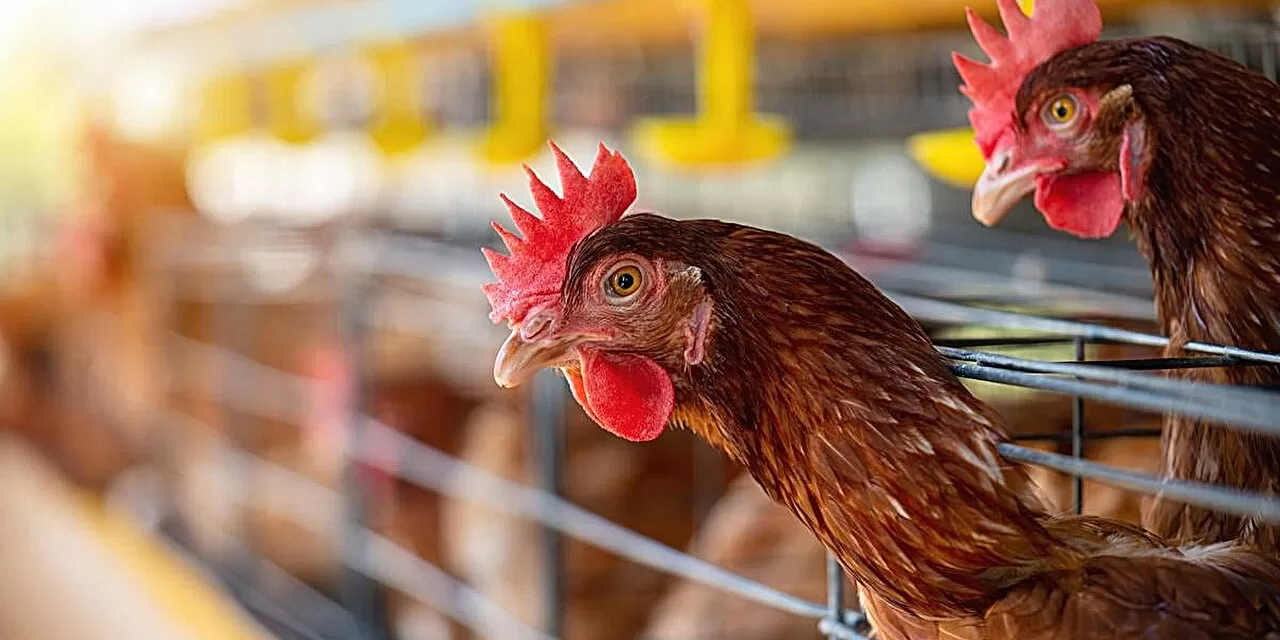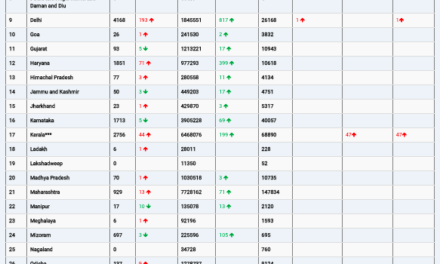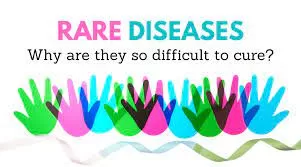CHARLOTTE, NC – Scientists at the University of North Carolina at Charlotte and MIT have issued a stark warning about the rapidly evolving H5N1 bird flu virus, revealing that its mutations are weakening the effectiveness of existing antibodies and raising concerns about a potential human pandemic.
Using advanced computational modeling, researchers analyzed thousands of viral protein-antibody interactions, discovering a clear trend of declining immune response effectiveness. Their findings, published in the journal eBioMedicine, suggest that H5N1 mutations may soon facilitate human-to-human transmission.
The virus has already spread widely among wild birds, poultry, cattle, and even farmworkers, highlighting the urgency for swift vaccine development. “If one makes an H5N1 vaccine with a previous vaccine candidate virus, the vaccine will have less efficacy, based on our measurements of how much the virus has evolved in recent years,” explained Colby T. Ford, Ph.D., lead author of the study.
The research team, led by Bioinformatics Assistant Professor Richard Allen White III, Ph.D., and CIPHER Co-Director Daniel Janies, Ph.D., analyzed 1,804 viral protein-host antibody comparisons, documenting a “trend of weakening binding affinity of a wide variety of existing antibodies, collected from vaccinated and or infected hosts, against H5 viral isolates over time.”
This “worsening antibody affinity” indicates that future versions of the virus may be increasingly difficult for the immune system to recognize and combat, escalating the risk of human transmission. Researchers also noted the “continuous transmission of H5N1 from birds to mammals and the increase in strains with immuno-evasive HA in mammals sampled over time suggest that antigenic drift is a source of zoonotic risk.”
While no human-to-human transmission has been reported, the virus’s spread among cattle in at least 17 states, as well as millions of cases in wild birds and poultry, is alarming. The Centers for Disease Control and Prevention reported 12,510 outbreaks among wild birds in the U.S., 166,417,923 poultry affected, and 70 human cases, one fatal, between January 2022 and March 2025.
The World Health Organization reports 466 human deaths worldwide since January 2003. Scientists emphasize the need for rapid vaccine development and the importance of high-performance computational modeling in predicting viral evolution and informing preparedness strategies.
“The study – along with other research that confirms worsening antibody binding over time alongside increased avian-to-mammalian transmission – indicates there is an impending danger to human health for highly pathogenic strains of H5 influenza that can infect avian and mammalian livestock and jump to humans,” the researchers wrote.
Janies noted that computational modeling enables researchers to understand viral mutation at speed and scale, “chipping away at multiple angles of biological variation” to “tune our intuition to the right approaches” for vaccine efficacy and infection control.
Disclaimer: This news article is based on the provided information and should not be taken as definitive medical or scientific advice. The situation regarding H5N1 is evolving, and readers should consult with healthcare professionals and official sources like the CDC and WHO for the latest information and guidance. The research findings are subject to further validation and peer review. The dates included within the provided article are based on information provided within the prompt, and may not reflect current dates.












